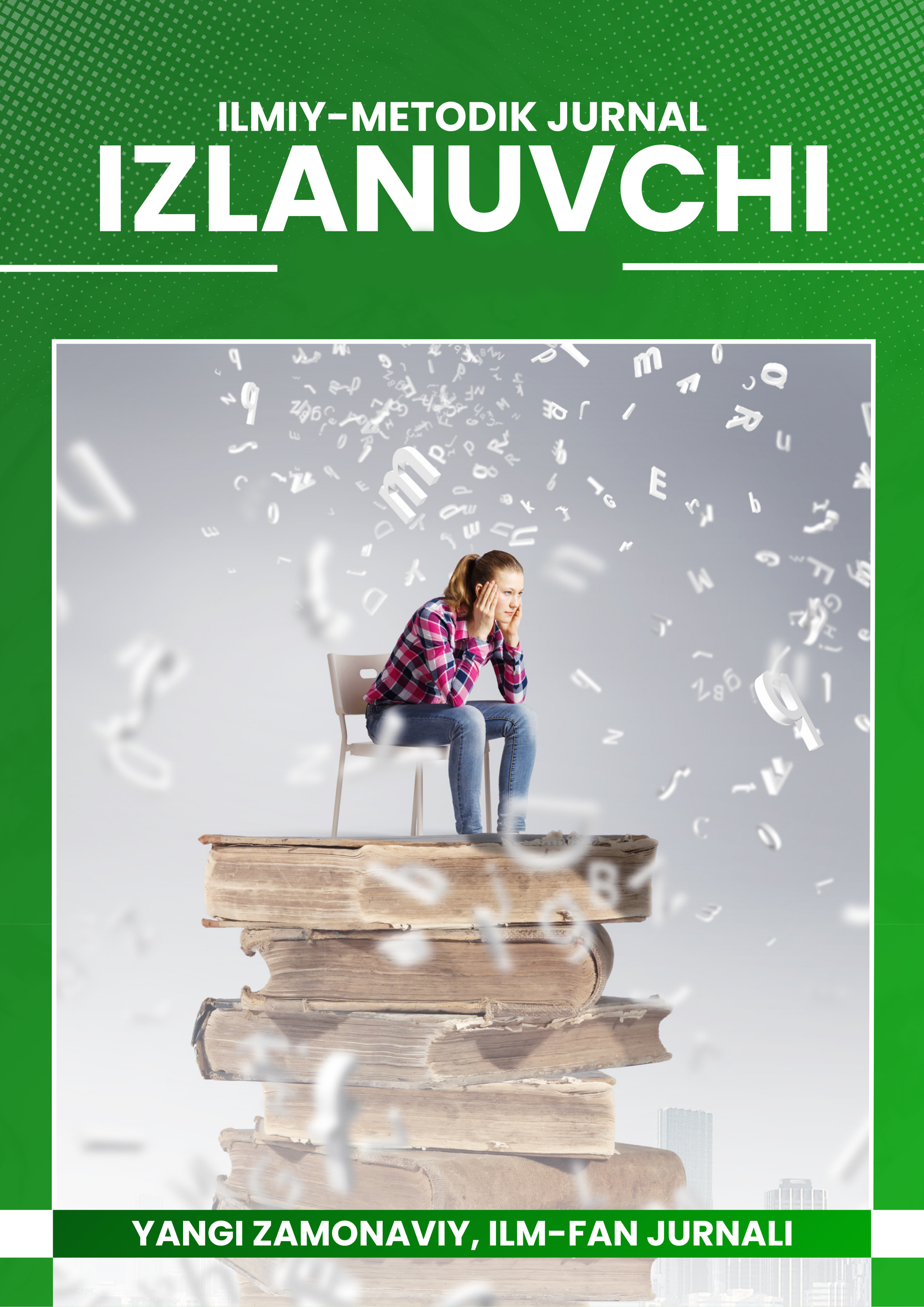Abstract
This article explores the effectiveness of multimedia approaches in teaching the Korean language. The study examines how audio, video, interactive software, and digital resources enhance learners’ language skills, motivation, and engagement. It also considers the integration of multimedia tools into traditional teaching methods and evaluates their impact on students’ comprehension, retention, and communicative competence. The findings demonstrate that multimedia-based instruction significantly improves learning outcomes and fosters a more interactive and dynamic classroom environment.
References
1. Chun, D. M., & Plass, J. L. (1996). Effects of multimedia annotations on vocabulary acquisition. The Modern Language Journal, 80(2), 183–198.
2. Lai, C., & Li, G. (2011). Technology and language learning: A review of research. Language Teaching, 44(1), 1–26.
3. Mayer, R. E. (2009). Multimedia Learning (2nd ed.). Cambridge: Cambridge University Press.
4. Stockwell, G. (2012). Using mobile phones for vocabulary activities: Examining the effect of the platform. Language Learning & Technology, 16(3), 1–17.
5. Warschauer, M., & Healey, D. (1998). Computers and language learning: An overview. Language Teaching, 31(2), 57–71.
6. Levy, M., & Stockwell, G. (2006). CALL Dimensions: Options and Issues in Computer-Assisted Language Learning. Mahwah, NJ: Lawrence Erlbaum Associates.
7. Lee, J., & VanPatten, B. (2003). Making Communicative Language Teaching Happen. New York: McGraw-Hill.
